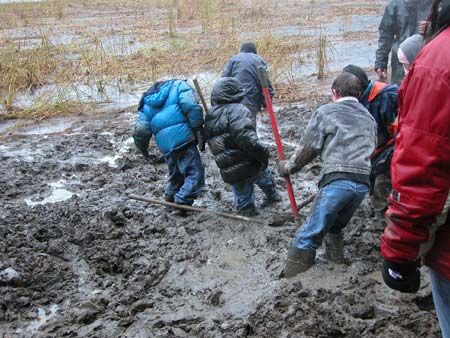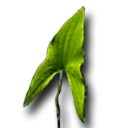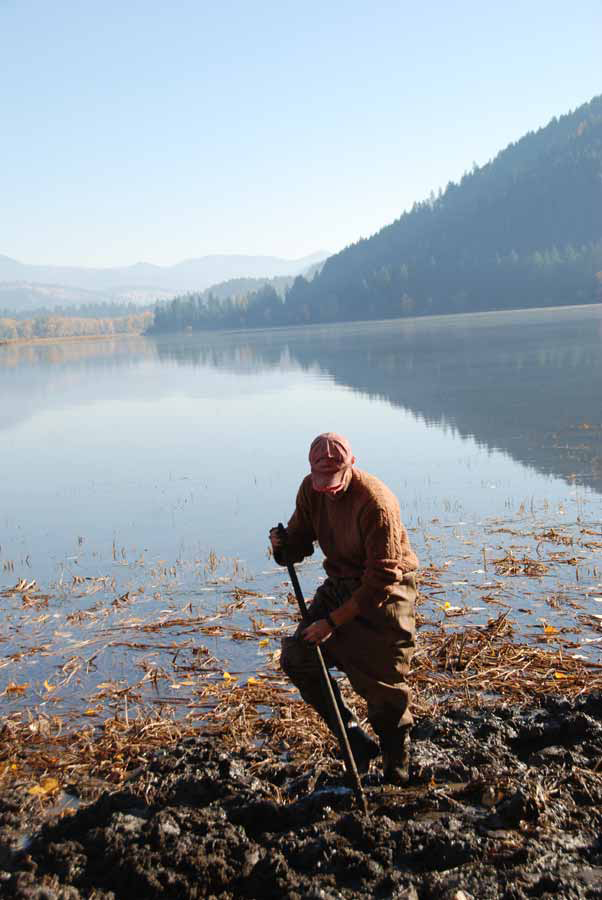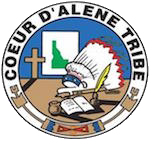The Challenge in Conveying hnkhwelkhwlnet #3
Our challenge in attempting to understand Schitsu’umsh hnkhwelkhwlnet is in conveying it in a manner that retains its meanings, and reveals its miyp. Hnkhwelkhwlnet is based upon fundamental ontological (what is real) and epistemological (ways of knowing) principles distinct from that of Western worldview and science.
Hnkhwelkhwlnet is phenomena that have existence as a transitory intersection of those participating - human, animal, plant, water, rock, spirit - anchored in place-based oral traditions, the miyp. It is an event made real by those participating, their relationships with each other guided and rendered meaningful by the oral traditions of a specific landscape.As an Indigenous form of knowledge, Schitsu’umsh knowledge cannot be fully understood isolated and separated from the behavioral practices within which it finds expression. Consider that hnkhwelkhwlnet refers to “our ways of life,” i.e., ways of being, of existing, and not ways of knowing, per se. Knowledge is accessed through experiential participation with others, and as such, it is praxis-actualized collective knowledge. Knowledge has existence in the interlinking relationships of the many participants; it is "experiential," it is “collective knowledge.” As a confluence of those participating, hnkhwelkhwlnet is necessarily “place-bound knowledge,” intertwined through the participation with the specific physical and spiritual members emanating from a particular landscape. Consider that hnkhwelkhwlnet refers to “our ways of life in the world,” i.e., the many participants are "a part of" a place, not "apart from" a place. As an “oral tradition,” hnkhwelkhwlnet is knowledge and practice disseminated from generation-to-generation, since time immemorial, in orality-based forms of communications, such as spoken language, story narratives, songs, dance regalia, and even in the perennial acts of gathering sqigwts with one’s elders. Hnkhwelkhwlnet is infused with the miyp teachings.
| "In all the research collaborations I've been involved with, this attempt at defining what is so elusive comes closer to precisely putting into words the essence of Indigenous knowledge and practice." Rodney Frey, project ethnographer. |
What is experienced as real is thus an experiential stream of ongoing events made up of human, plant, animal and spiritual participants, their relationships with each other aligned with the core cultural teachings and values anchored to a specific landscape.
Key hnkhwelkhwlnet attributes:
- transitory event, unfolding process (a reality not focused on and reducible to its discrete, physical objects),
- participatory (human not detached, not as an observer of the world), and actively engaged, attentiveness (human not passive),
- collective and relational with other participants, including spiritual participants (not in isolation, not autonomous from others),
- place-based to a specific landscape (not abstracted),
- orality-based (not literacy-based),
- perennial teachings, intergenerational disseminated, derived from the Creator and First Peoples/Animal Peoples (not human invented meaning).

For additional background on the structure and dynamics of Schitsu’umsh knowledge and practice, see Schitsu’umsh and Frey 2001:257-68, 286; Frey and et alia 2014; hnkhwelkhwlnet and TK/TEK #3a.
Copyright: Coeur d’Alene Tribe and University of Idaho 2015.





